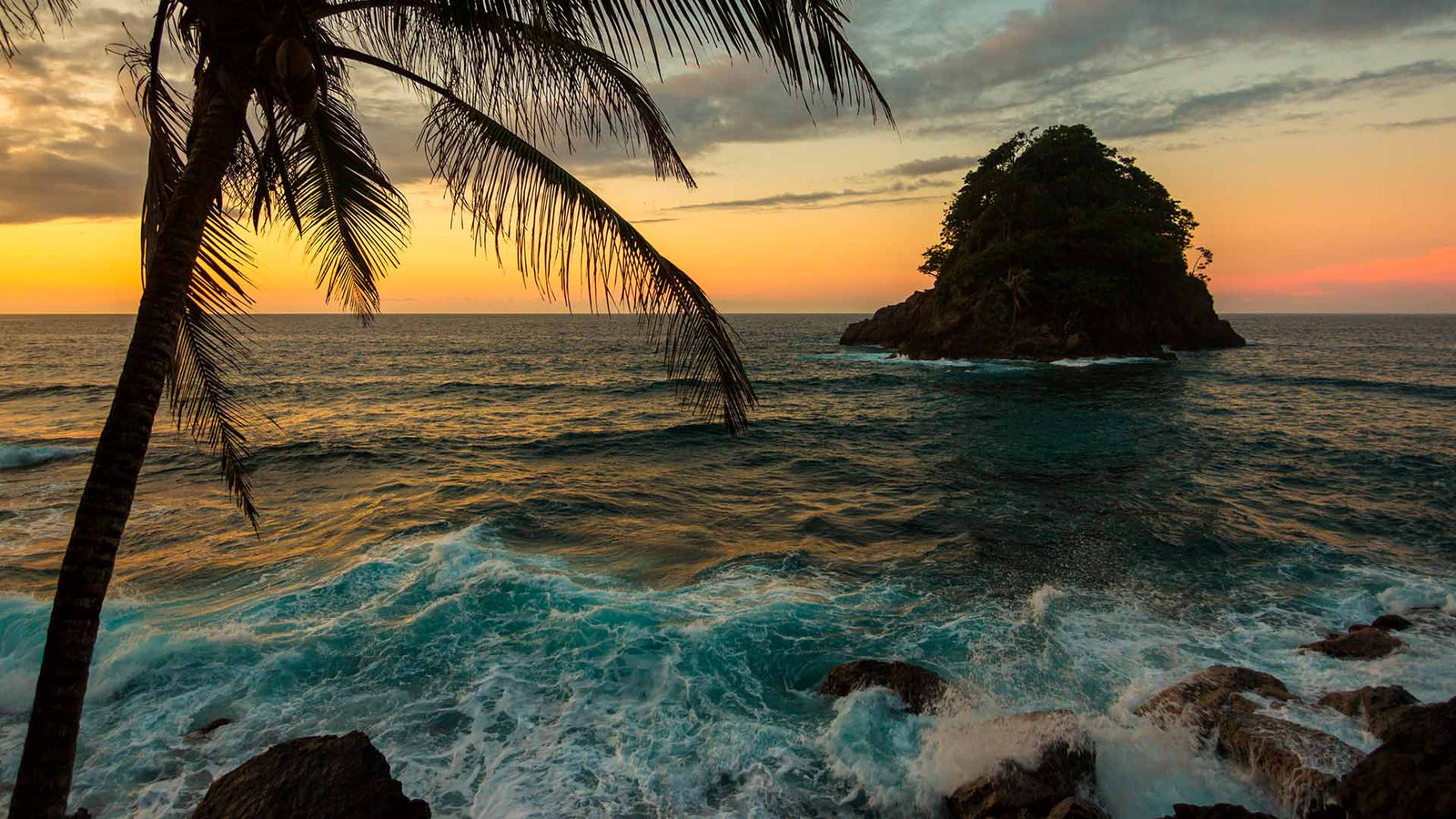8°37ʹ00ʺN 77°20ʹ00ʺW
Capurganá and their surrounding beaches, are hidden in a half-forgotten corner of Colombia's northwest region nearby the Panamanian border. Surrounded by jungle-covered mountains and washed by fabulous blue and clear waters, the village is littered with the colorful attributes that characterize wild, isolated settlements.
_________________________________________________________________________
Capurganá
Located on the Caribbean coast, it participates in the exuberant Chocoana vegetation, typical of the foothills of the Darien mountain range, especially rich in plant communities with a high specific density. The hills surrounding Capurganá still conserve a primary vegetation with a predominance of legumes, palms and rubiaceae. The most important botanical families are in their order: Leguminosae, Palmae, Rubiaceae, Melastomataceae, Moraceae, Sapotaceae and Annonaceae. The abundance of epiphytes and hemiepiphytes is a characteristic common to the rainy formations of Chocó.
Access roads
You can access Capurganá by air from Medellín or Cartagena, or by sea from the municipality of Turbo, Antioquia.
General characteristics
Capurganá owes its name to the fact that it was baptized by the Kuna, to whom it belonged until the end of the 19th century, and means "tierra de ají". Its shallow beach of crystal clear waters of a clean blue and clear by the sandy bottoms seems designed for the total enjoyment. It has an airport, the Narcisa Navas, which was built with resources from the community just over 20 years ago and does not depend on the Colombian government. Even the taxes canceled by the travelers are invested in the same community.
The Serrania del Darién forms a coast with cliffs, small inlets, beaches and bays, as well as well preserved coral formations.
In this tropical humid forest region there are two very rainy seasons (mid-April to August and October to November) with two slightly less rainy periods (December to mid-April and September).
Surrounding areas
· Cabo Tiburon, has a unique coastline in biodiversity, and has landscapes that make it an important tourist potential, including sites for ecological walks, beaches and coral reefs suitable for diving and snorkeling. They are more than 30 km from Cabo Tiburón to the beaches of Acandí (Colombia). It is surrounded by beautiful beaches and bays on both sides of the border.
· La Miel, in Kuna Yala, is the first Panamanian town, its attractive white sand beaches and the light blue color of its waters, are a unique destination. Thanks to the fact that it is a shallow bay in the easternmost end, it facilitates the practice of snorkeling, on a patch of coral reef and thalasia. The Fiestas de la Cigua (mollusk of the zone) is held every October 12, lasts up to four days and extends to Capurganá.
· Sapzurro, is in the whole corner of South America, is the first Colombian population with just about 1000 inhabitants, the bay reaches up to 30 m. deep in the center, ideal for diving, in addition to the coral reefs, you can easily find underwater caves due to rocky formations of the coast and fascinating animals such as squid, sea turtles, rays and the elusive seahorse.
Information taken from:
http://www.colparques.net/CAPURGANA


